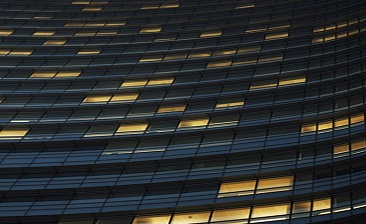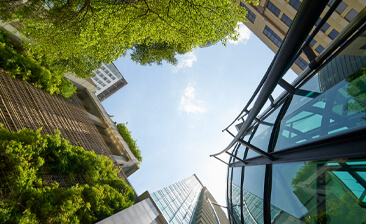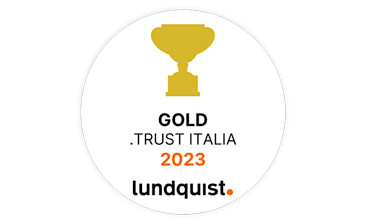
Acea for World Energy Saving Day
A landfill is a solid waste disposal facility that plays an essential role in the management of solid waste, providing a permanent solution for materials that in their current state cannot be further recycled or recovered.
To date, landfills mainly receive waste from other waste treatment processes, such as surplus, composting waste and sludge.
Within a landfill, waste is deposited following permit requirements and specific safety and environmental regulations.
When the authorised volume is reached, "capping" i.e. final covering and environmental restoration is carried out.
Depending on the type of waste they house, landfills are classified into three different categories:
The management of a landfill can be divided into an operational and a post-operational phase.
During the operational phase, the landfill is cultivated according to permit and legal requirements. When the design elevations are reached, the closure phase of the landfill is initiated, which ends with the construction of the capping, i.e. the final cover. Then begins the post-operational conduct phase, which lasts for at least 30 years.
Like all waste disposal facilities, a landfill requires constant monitoring and maintenance by the operator, and there is an obligation in both operational and post-operational phases to ensure the proper management of biogas and leachate.
Indeed, plant engineering must ensure:
Biogas is extracted through special capture systems to reduce greenhouse gas emissions and at the same time to be used as fuel for energy production.
Leachate is taken by tanker trucks and subjected to dedicated treatment.
Upon closure of the landfill, cover, re-adaptation and landscaping operations are carried out to minimise the visual impact on the surrounding environment.
Deco, operating in Abruzzo, carries out the design, construction and management of municipal solid waste treatment, disposal and recovery plants and energy recovery plants from renewable sources.
The Deco company operates in Abruzzo, managing various plants - both its own and those of Acea Ambiente (such as the Grasciano hub), and in particular:
• a landfill for non-hazardous waste in Casoni (Chieti), with a total capacity of over 900,000 m3 and exhausted in November 2023;
• a landfill for non-hazardous waste in Colle Cese in the Municipality of Spoltore (Pescara), for a total capacity of over 1,000,000 m3 in post-operational management;
• a landfill for non-hazardous waste in Grasciano near the Municipality of Notaresco (called Grasciano 2), with a capacity of about 480,000 m3.
In 2023, the Deco disposal plants produced 4.3 MNm3 of biogas and 1.4 GWh of electricity.
Deco also operates, in Casoni (Chieti), a Mechanical Biological Treatment (TMB) plant for Urban Solid Waste (MSW), with material recovery and CSS. In 2023 it treated 252,286 tonnes of waste. Approximately 96,000 tons of CSS were produced, of which 53% was used in foreign cement plants to replace traditional fossil fuels while 47% in waste-to-energy plants in Italy, to produce electricity
In addition, 4,101 tonnes of metals (ferrous and non-ferrous) were recovered.
The company manages a landfill for non-dangerous waste in Lanciano (CH) with the corresponding biogas valorisation plant.
On the site of you can find:
In 2023 it received 56,197 t of urban waste; the site produced about 7.9 MNm3 of biogas in 2023 and 10.7 Gwhe of electricity.
The main operations carried out in the Orvieto plant are the management of unsorted municipal waste, the anaerobic digestion and composting process for sorted municipal waste, and the disposal of non-hazardous special waste to landfill. The main goal, in accordance with current regulations, is to increase the recovery of material and energy, while reducing the amount of waste sent to landfill.
In the Orvieto hub, there are two active energy production plants powered by biogas coming from the anaerobic phase of the treatment process and from landfills. During 2022, the total amount of waste sent to the plant hub reached 97,661 tonnes. 71% of the waste, equal to approximately 69,500 tonnes, was destined for landfill disposal, while the rest was almost entirely sent to the anaerobic digestion and composting section of the processing plant for the production of biogas and compost.
Discover the latest news and initiatives of the Acea Group

Acea for World Energy Saving Day

Visit the virtual museum about the history of the Acea Group

The channel for the commercial requests on land urbanisation

Acea turns the spotlight on the Rome Film Festival 2023

Acea is in the "Gold class" in the .trust research

Read more about our culture of inclusiveness